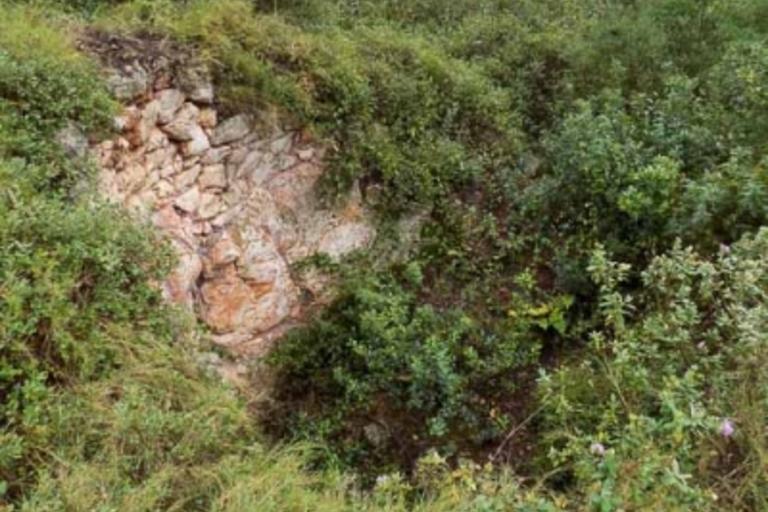
Introduction
Given how important the production of lime used to be and the fact that this area of the Montgrí is highly suited to it owing to the limestone terrain, from the seventeenth to the nineteenth centuries one of the activities that helped the economy of the area was the production of this prized substance, transforming limestone into lime. The furnaces were built alongside a road, allowing easy access with a cart and subsequent fast distribution of the lime. They have three separate parts: the mouth, for keeping the fire alive with bundles of wood; the combustion area; and the furnace space, where the stone to be fired was placed. The firing would last around four days without interruption, with the fire being kept well-lit day and night.